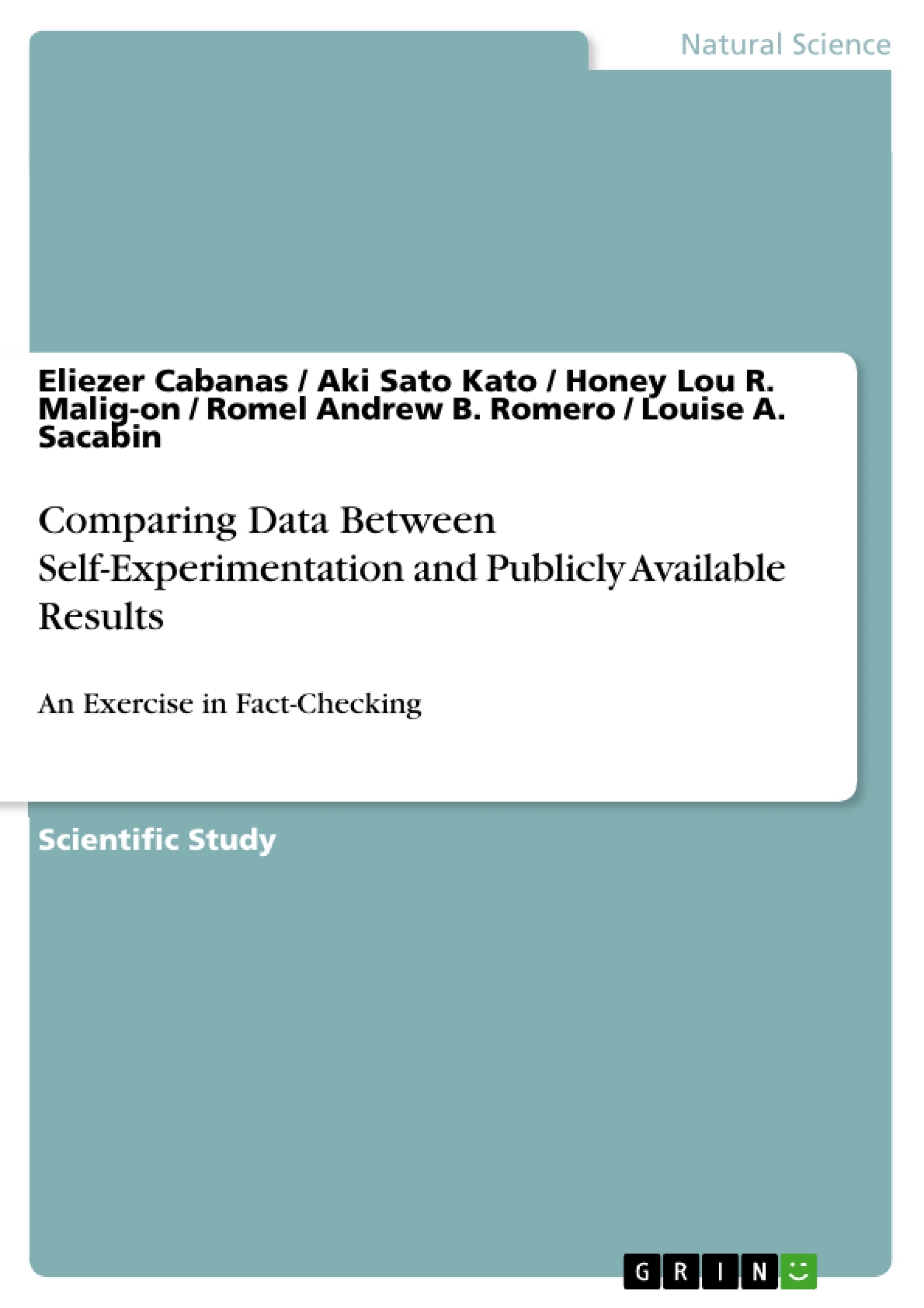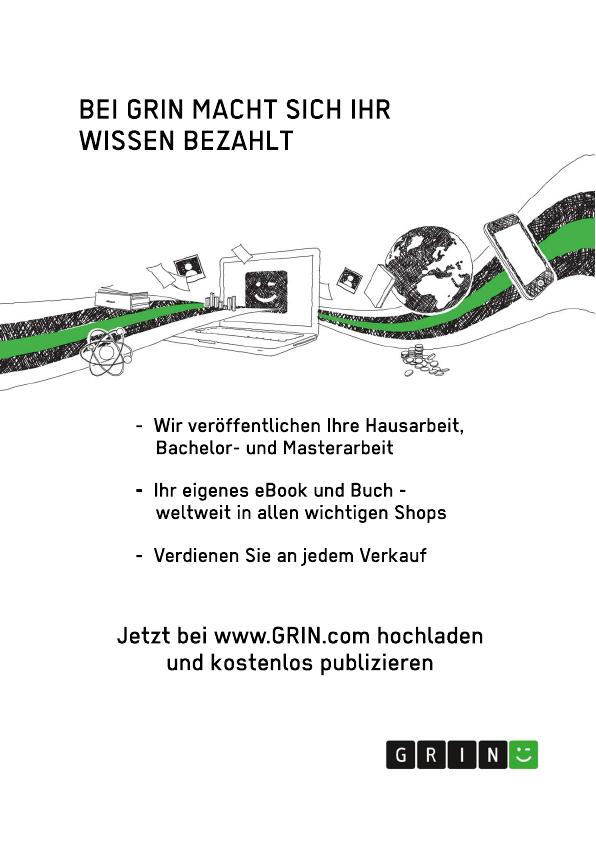Ever wondered if you could recreate groundbreaking scientific discoveries in your own kitchen? This exploration delves into the fascinating world of self-experimentation, inviting readers to question, test, and validate established scientific principles using everyday materials. Journey through a series of hands-on experiments designed to unravel the mysteries of liquid properties: surface tension, density, and viscosity. From meticulously counting water drops on a coin to crafting mesmerizing density towers and staging viscosity races, this investigation challenges conventional learning by encouraging active participation. Discover how these simple yet insightful experiments illuminate the complexities of scientific inquiry, revealing both the power and the pitfalls of independent investigation. Compare your own findings with existing scientific data, navigating the nuances of experimental design, data analysis, and the inherent limitations of research. This is more than just a collection of experiments; it's an exploration into the heart of scientific curiosity, emphasizing the crucial role of fact-checking and continuous learning in an age of readily available but not always reliable information. Uncover the significance of self-directed learning as you grapple with variations in experimental conditions, potential human error, and the ever-present quest for accurate data. Whether you're a seasoned scientist or a curious novice, prepare to be captivated by the hands-on approach to understanding the fundamental properties of liquids and the enduring importance of independent verification in the pursuit of knowledge. Explore the depths of scientific understanding through surface tension, density, viscosity, and self-experimentation. A must-read for anyone interested in liquid properties, experimental design and scientific inquiry. Discover the power of fact-checking and the limitations of research, and learn how to conduct your own experiments with readily available materials. Delve into data analysis and comparison of your findings with established scientific data. This journey highlights the importance of critical thinking and continuous learning, providing a practical guide to exploring the world of science through a hands-on approach. Embark on a journey of self-discovery and scientific validation, perfect for educators, students, and anyone passionate about the scientific method.
Inhaltsverzeichnis (Table of Contents)
- 1. Introduction
- 2. Methods and Materials
- Surface Tension Coin Drop Experiment
- Density Tower Experiment
- Viscosity Race Experiment
- 3. Results and Discussion
Zielsetzung und Themenschwerpunkte (Objectives and Key Themes)
The objective of this research is to compare self-experimentation results with publicly available data for surface tension, density, and viscosity of liquids. This involves conducting three experiments: a coin drop experiment to measure surface tension, a density tower experiment to observe density layering, and a viscosity race experiment to compare flow times. The study aims to highlight the importance of fact-checking and self-experimentation in deepening scientific understanding.
- Self-experimentation as a method of scientific inquiry
- Comparison of experimental results with established scientific data
- Analysis of surface tension, density, and viscosity in different liquids
- Identification of limitations in self-experimentation and data availability
- Importance of fact-checking and continuous learning
Zusammenfassung der Kapitel (Chapter Summaries)
1. Introduction: This chapter introduces the fundamental properties of liquids—surface tension, density, and viscosity—and their importance. It provides a basic understanding of each concept, explaining surface tension as a liquid's resistance to external forces, density as the mass per unit volume, and viscosity as resistance to flow. The chapter lays the groundwork for the experiments by defining key terms and providing context for the research. It highlights the aim of validating existing measurements through self-directed experimentation using readily available materials.
2. Methods and Materials: This chapter details the materials and procedures for three experiments designed to measure surface tension, density, and viscosity. The "Coin Drop" experiment utilizes a coin to determine the surface tension of various liquids by counting the number of drops before surface tension breaks. The "Density Tower" experiment involves layering liquids of different densities to visually demonstrate their relative weights. The "Viscosity Race" experiment measures the time it takes for different liquids to flow down a ramp to assess their viscosities. The chapter provides a step-by-step guide for each experiment, including safety precautions and notes on material substitutions due to availability.
3. Results and Discussion: This chapter presents the results of the three experiments and discusses their implications. The data tables show the measured values for surface tension, density, and viscosity, along with comparisons to existing research data. The discussion analyzes the degree of alignment between the self-experimentation results and published data, acknowledging limitations in the available data, especially for viscosity measurements. It highlights the importance of acknowledging experimental limitations, such as variations in conditions and potential human error, and suggests avenues for future research to improve the reliability and validity of the findings.
Schlüsselwörter (Keywords)
Self-experimentation, fact-checking, surface tension, density, viscosity, liquid properties, scientific inquiry, experimental design, data analysis, limitations of research.
Häufig gestellte Fragen
What is the main objective of the research described in this document?
The main objective is to compare the results of self-conducted experiments on surface tension, density, and viscosity of liquids with publicly available data. This involves conducting three experiments: a coin drop experiment for surface tension, a density tower experiment for density, and a viscosity race experiment for viscosity. The study emphasizes the importance of fact-checking and self-experimentation in enhancing scientific understanding.
What are the key themes explored in this research?
The key themes include self-experimentation as a scientific method, comparison of experimental results with established data, analysis of surface tension, density, and viscosity in various liquids, identification of limitations in self-experimentation and data availability, and the importance of fact-checking and continuous learning.
Can you briefly describe the three experiments outlined in the document?
The "Coin Drop" experiment measures surface tension by counting the number of drops a liquid can hold on a coin before the surface tension breaks. The "Density Tower" experiment visually demonstrates density layering by layering liquids of different densities. The "Viscosity Race" experiment compares the flow times of different liquids down a ramp to assess their viscosities.
What are the key components of the "Methods and Materials" chapter?
The "Methods and Materials" chapter details the specific materials required and the step-by-step procedures for each of the three experiments: coin drop, density tower, and viscosity race. It includes information about the equipment needed, the liquids tested, and safety precautions.
What is the focus of the "Results and Discussion" chapter?
This chapter presents the experimental results obtained from the three experiments. It compares the results of self-experimentation with existing data, acknowledging limitations in the available data, especially for viscosity. It also emphasizes the importance of acknowledging experimental limitations, such as variations in conditions and potential human error, and suggests areas for future research.
What is the significance of self-experimentation, according to this research?
Self-experimentation is presented as a valuable method of scientific inquiry that allows for hands-on validation of scientific concepts and data. It emphasizes the importance of independently verifying information and deepening understanding through personal experience.
What are some limitations of the self-experimentation described in this research?
Limitations include variations in experimental conditions, potential for human error, and limitations in the availability and accuracy of comparative data, particularly for viscosity measurements.
What are some keywords associated with this research?
Keywords include self-experimentation, fact-checking, surface tension, density, viscosity, liquid properties, scientific inquiry, experimental design, data analysis, and limitations of research.
- Quote paper
- Eliezer Cabanas (Author), Aki Sato Kato (Author), Honey Lou R. Malig-on (Author), Romel Andrew B. Romero (Author), Louise A. Sacabin (Author), 2023, Comparing Data Between Self-Experimentation and Publicly Available Results, Munich, GRIN Verlag, https://www.hausarbeiten.de/document/1458351



